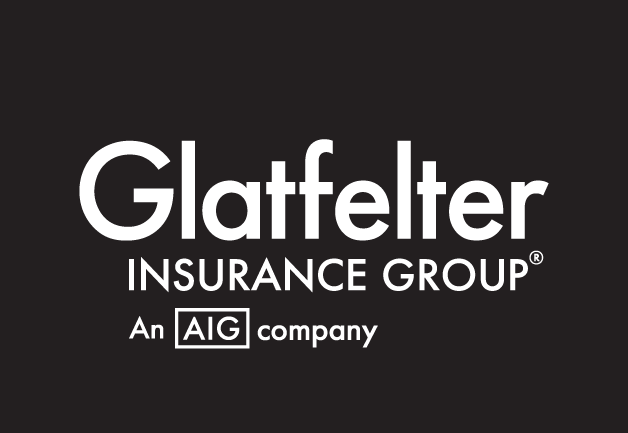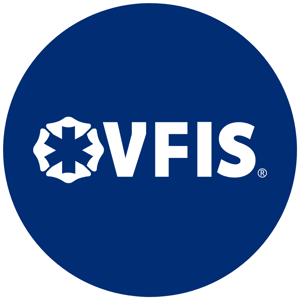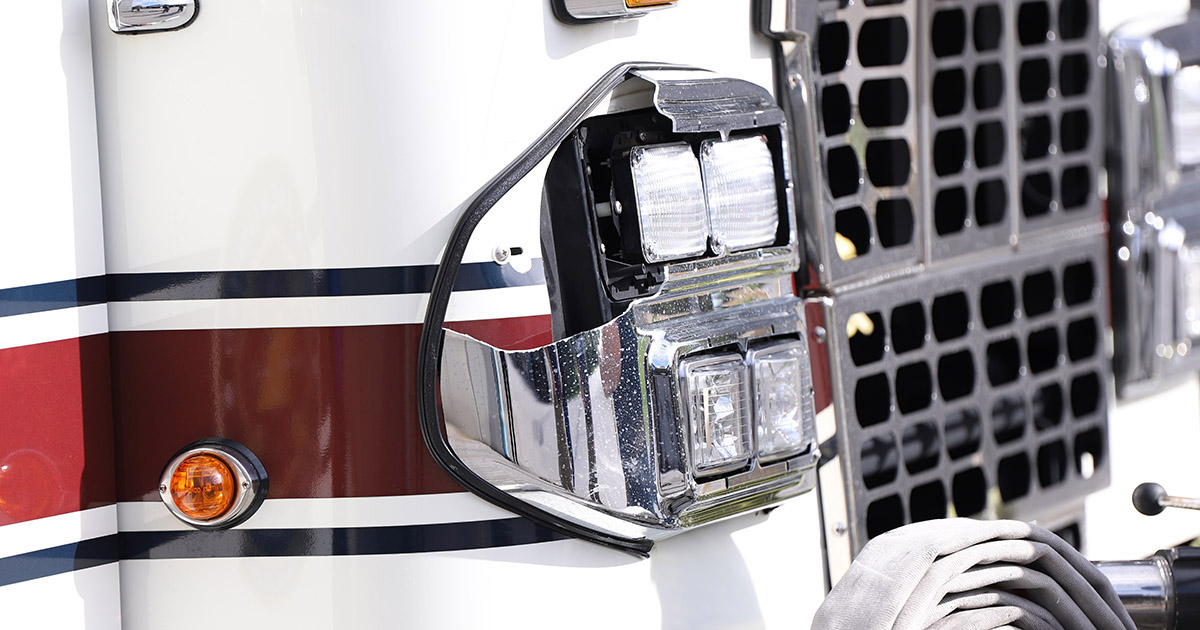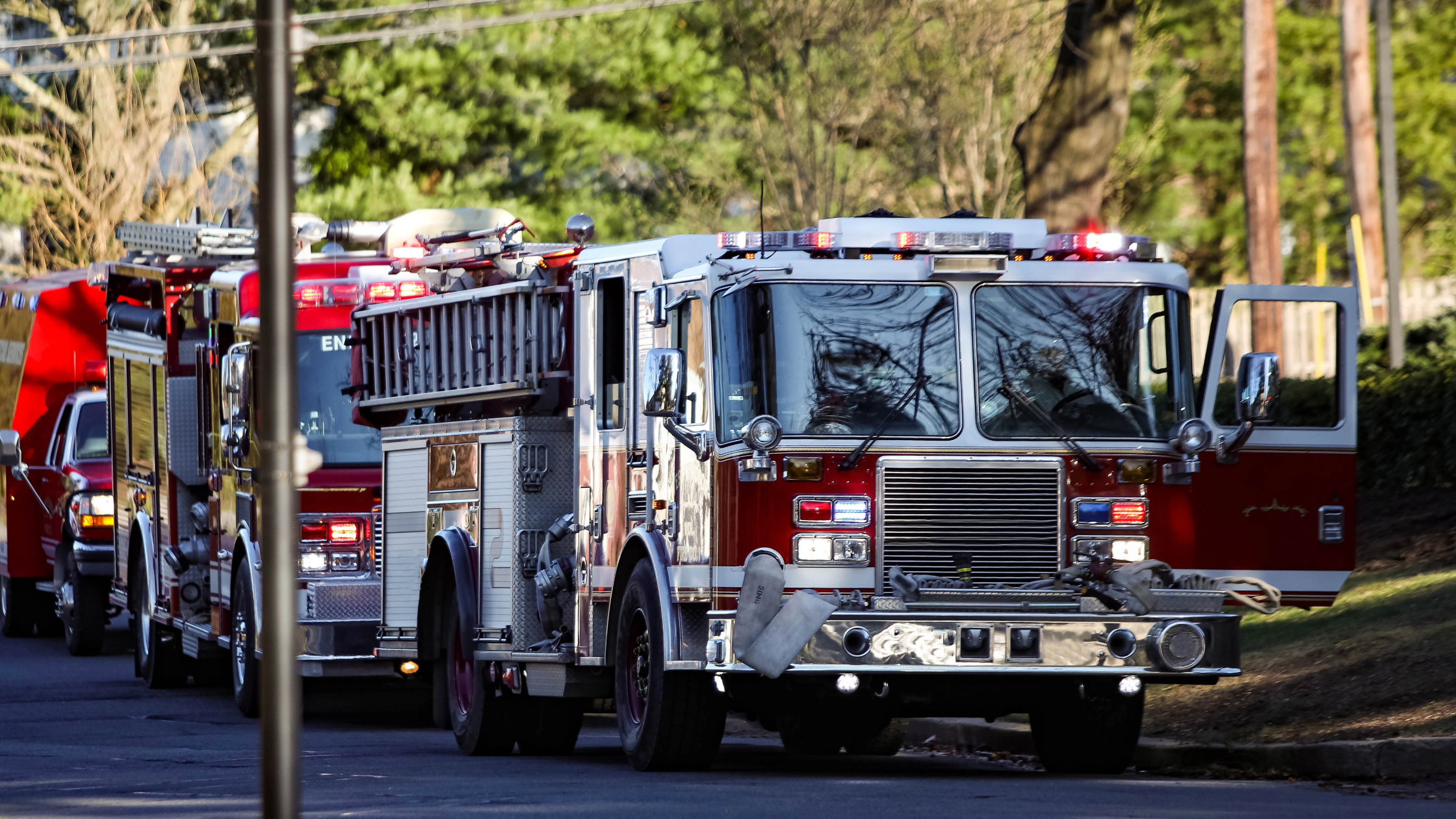Understanding the risks of members responding to calls in their personal vehicles, plus 10 tips to help reduce those risks.
Are you leaving 10,000+ risks unaccounted for each year?
Each day, approximately how many times do first responders in your fire department answer calls using their personally owned vehicles (POVs)?
Let’s say it’s 10—and that your annual call volume is about 1,000 calls per year.
That means that your emergency service organization (ESO) has approximately 10,000 POV responses each year—and that’s 10,000 risks you can’t leave unaccounted.
While most volunteer emergency response relies heavily on POVs—there are also inherent risks, including:
- Breaking the law: Many volunteers respond in POVs as if they are emergency vehicles. However, while motor vehicle laws vary by state, POVs are not considered emergency vehicles and are not permitted the same, if any, exemptions to motor vehicle laws.
- Speeding: Not only is it against the law, but it can also lead to crashes.
- Assuming right of way: While some states allow the use of “courtesy lights and sirens”—they are simply a visual request to other drivers to pull over and allow you to pass. They do not permit volunteers to illegally pass other vehicles or demand the right of way.
- Personnel & community safety: You can’t be of any help if you don’t arrive on-scene safely—and driving recklessly could add another call to your department’s log.
- Financial risks: Vehicle-related insurance claims have remained leading causes of loss for emergency service organizations with VFIS insurance over the past five years—and POVs are not immune to financially impacting your organization.
- Reputational risks: You’re representing your department during every call—and speeding, running lights, and aggressive driving could tarnish the trust others have in you and the department.
10 Procedures to help firefighters maintain safe POV response:
You can help eliminate or reduce the risks of POVs by implementing solutions to get more personnel to-and-from calls in department vehicles. For example, you could create regular duty crews with predetermined shifts that are able to handle most calls.
However, if you’re going to continue to use POVs in any capacity, there should be standard operating procedures and guidelines in place to help maintain safety in these operations, including best practices like these:
- Always obey the law.
- Never exceed the posted speed limit.
- Appropriately wait for the right of way, including coming to a complete stop at all stop signs and red traffic signals.
- Never drive to calls with non-members, including family.
- Note where volunteers should park/stage once they arrive on-scene.
- Courtesy lights should be approved by the chief, including a written agreement that volunteers will continue to follow the law while utilizing them.
- Volunteers should have personal liability insurance with appropriate limits to help protect themselves and the ESO.
- Volunteers should frequently perform basic inspections of their vehicles to help ensure they’re safe and functional.
- Volunteers should pass a medical evaluation that’s performed by a physician or other licensed health care professional (PLHCP) that clears them to drive a vehicle and related tasks.
- Leadership should review Motor Vehicles Driving Record Reports (“MVRs”) for all members, including verification they have a valid driver’s license.
These guidelines should serve as a part of your comprehensive driver training program, including teaching new members on all auto SOPs and signing agreements to verify that members understand them.
At the end of the day, serving as a first responder means you represent safety, the fire service, and your ESO within your community—and it’s important to always act like it, on and off the roadways.
DISCLAIMER
The information contained in this blog post is intended for educational purposes only and is not intended to replace expert advice in connection with the topics presented. Glatfelter specifically disclaims any liability for any act or omission by any person or entity in connection with the preparation, use or implementation of plans, principles, concepts or information contained in this publication.
Glatfelter does not make any representation or warranty, expressed or implied, with respect to the results obtained by the use, adherence or implementation of the material contained in this publication. The implementation of the plans, principles, concepts or materials contained in this publication is not a guarantee that you will achieve a certain desired result. It is strongly recommended that you consult with a professional advisor, architect or other expert prior to the implementation of plans, principles, concepts or materials contained in this publication.
This blog post may contain the content of third parties and links to third party websites. Third party content and websites are owned and operated by an independent party over which Glatfelter has no control. Glatfelter makes no representation, warranty, or guarantee as to the accuracy, completeness, timeliness or reliability of any third party content. References to third party services, processes, products, or other information does not constitute or imply any endorsement, sponsorship or recommendation by Glatfelter, unless expressly stated otherwise.
Related posts
We asked 10 members of our VFIS Team to name one auto-related risk that they believe is underdiscussed in fire and EMS agencies. Here’s what they said.
Establish a Emergency Vehicle Operations Program that includes driver/operator requirements to help ensure your vehicles are in the right hands.








Submit a Comment